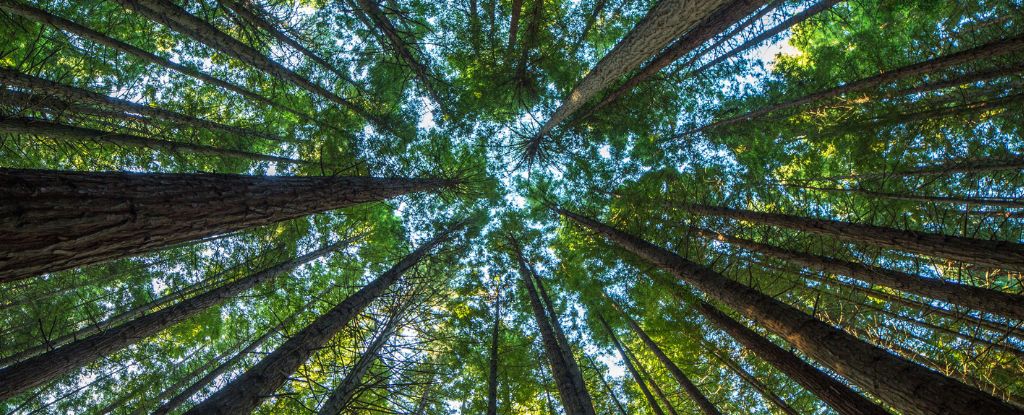A recent study suggests that forests do not display the fractal patterns seen in individual trees, contrary to what is commonly observed in nature. Researchers Fabian Fischer and Tommaso Jucker from the University of Bristol were interested in exploring whether fractal patterns could explain the organization of forest canopies. The idea was that if fractal patterns extended from the small branches and leaves of a single tree to entire forest canopies, it could simplify the description of complex landscapes using simple mathematical language.
The researchers aimed to use the self-similarity property of fractals to quantify the complexity of forest ecosystems, enabling them to compare structural differences in forests. Forest canopies play a crucial role in storing carbon, cycling water and nutrients, and providing habitat for biodiversity. Understanding their structural complexity is essential for this reason.
To investigate, the researchers analyzed data from airborne laser surveys of nine different forest types in Australia, including a range of environments and structural differences. The data revealed that none of the nine canopy sections behaved like fractals beyond the crowns of individual trees. However, there was some consistency in how forests deviated from fractal patterning, which could still be valuable for ecosystem comparisons.
The study found that taller, wetter forests showed a higher degree of self-similarity compared to shorter, drier ecosystems. The researchers were surprised by how similar all forest canopies were in the way they deviated from true fractals, and how deviations were linked to the size of the trees and the dryness of their environment.
In their next steps, the researchers aim to compare a broader range of forest ecosystems worldwide and explore multiple scans over time to understand how forest structure develops. While it may be tempting to simplify the complexity of nature with mathematical terms, forests are complex ecosystems that may not adhere to traditional mathematical laws, from their canopies to their cells. The study has been published in the Journal of Ecology.















